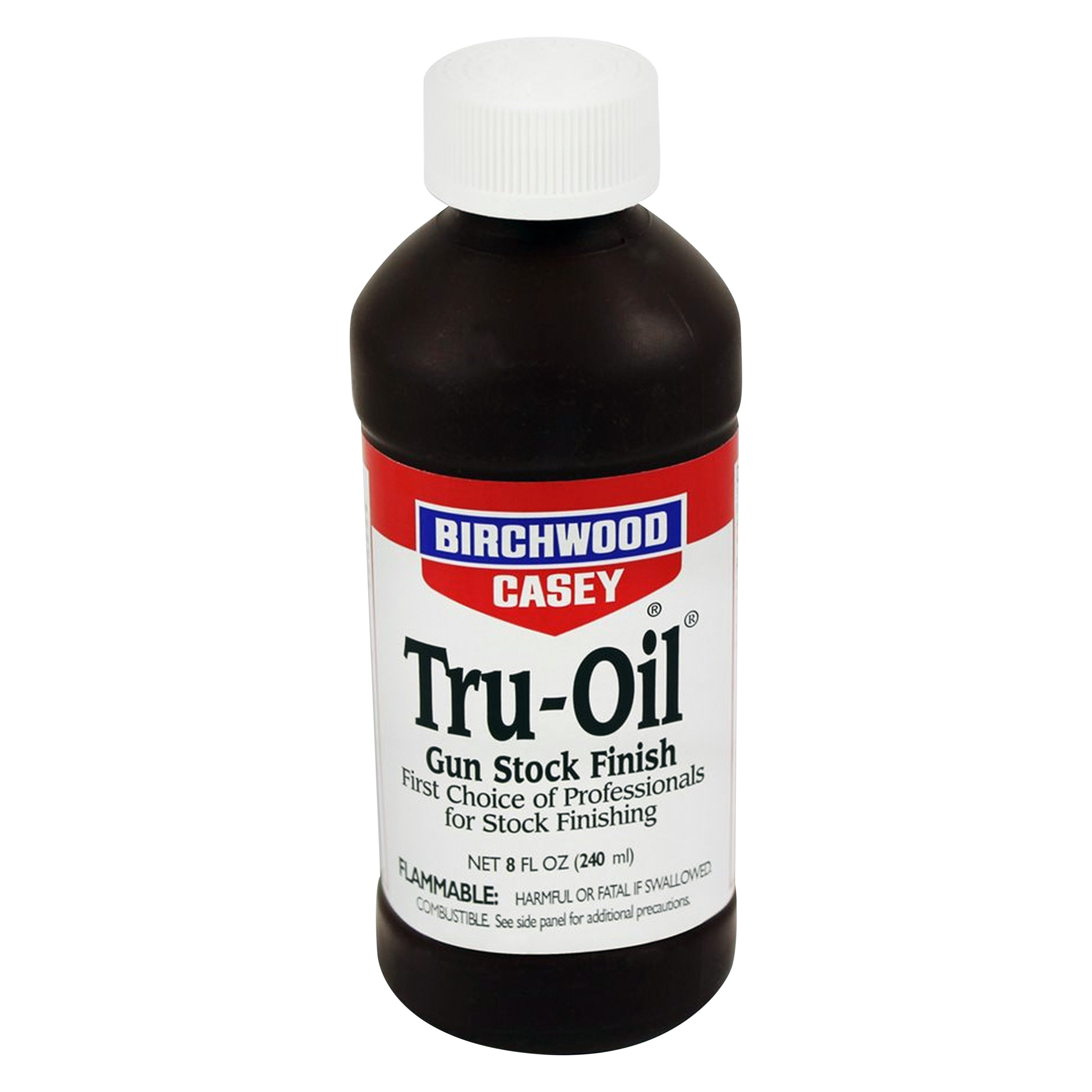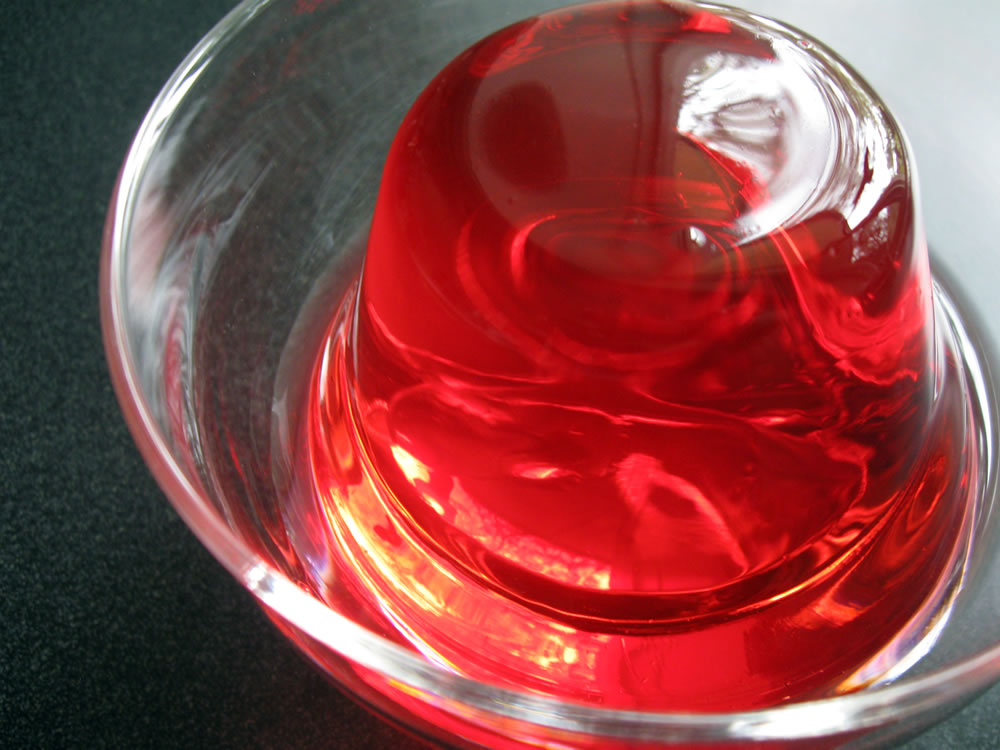
Stainless steel, and in particular 300 series stainless (austenitic stainless steel), is inert against nearly all heat transfer fluids due to the nature of the chromium (III) oxide passivation layer covering the surfaces of such steels. In cases where a particular combination of fluids is being tailored for use by the user, such as water/glycol combinations, little direct test work by the user is usually required, given the availability of data from manufacturers. Most fluids can be assessed for temperature compatibility with readily available printed specifications, with other materials needed to determine situations involving different pressure or unusual operating environments. Flash points for volatile fluids must also be noted. Boiling liquid expanding vapor explosion (BLEVE) is a potentially dangerous phenomenon that can occur should a sudden rupture of the containment, even if the designed temperature and pressure operational conditions should keep the fluid in the liquid state. Freezing of a fluid will diminish heat transfer at a surface, while boiling is dangerous for systems not designed to withstand overpressure in the fluid containment.
This must include consideration of the fluid’s phase transitions (boiling and freezing), chemical breakdown of the fluid’s chemistry, and the diminishment of the fluid’s lubricating and heat transfer properties. The suitability of the fluid for operation over the range of operating temperatures is of the upmost importance. EG requires lower concentrations than PG for equivalent freezing point depression, boiling point elevation, and burst temperature depression. In most cases, a mixture of the glycol and water is used with a lower concentration of glycol due to the superior performance of water over either glycol type. However, its thermal conductivity is lower and its viscosity is higher than ethylene glycol, resulting in better overall performance for EG versus PG. It also has a higher specific heat than ethylene glycol.

Propylene glycol is much less toxic than ethylene glycol, resulting in easier handling and disposal than ethylene glycol. Consider the comparison of propylene glycol (PG) against ethylene glycol (EG). There are several complex and interrelated factors in the selection of different types of water and water/mixtures, as well some design imperatives that drive the need for other heat transfer media. For instance, glycol as an additive is commonly used as a control against biological growth, but concentrations less than 20%, the effectiveness is limited in fact, below 1%, propylene glycol and ethylene glycol act as a bacterial nutrient. Sufficient concentration of the additive agent must be considered. The resultant slime or biofilm can inhibit heat transfer between the fluid and wetted surfaces. Algae, bacteria or fungi are likely to form depending on the system’s exposure to light and heat and the availability of nutrients in the wetted components. Water as a coolant in a recirculating system is also susceptible to biological fouling. Impure water is also an electrolytic bridge to enable galvanic corrosion if the system possesses dissimilar metals. While some impurities are to be avoided due to potential corrosive effects, completely pure water is hungry for ions and is considered to be an aggressive solvent. For cooling applications involving recirculating water flow, the system may be charged with already filtered or purified water. It may contain corrosive impurities, such as chloride, alkaline carbonate salts, or suspended solids. The quality of street (mains) water depends on its storage, delivery, and ultimate source (ground versus surface water). On the other hand, it has a relatively narrow range of operation, as liquid temperatures leave plain water susceptible to freezing or boiling.

Among heat transfer fluids, water has superior properties in many regards, with a high specific heat of around 4,200 J/kgK, low viscosity, and no flash point. Water has excellent heat transfer properties, making it somewhat of a standard for comparison to other coolant fluids. Selection of the best heat transfer fluid for a cooling system involves consideration of performance, compatibility, and maintenance factors. Using liquids for heat transfer is an important cooling method in many industries.


 0 kommentar(er)
0 kommentar(er)
